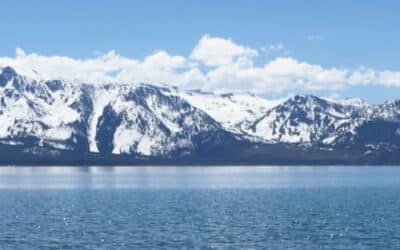Project Description Mountain Rain or Snow is a community-powered research project that aims to improve our tools for predicting winter precipitation. Community observers throughout the country submit real-time observations of rain, snow, and mixed precipitation,...
